In the realm of modern packaging, the efficiency and effectiveness of packaging solutions play a crucial role in the sustainability and profitability of various industries. One pivotal technology advancing this field is the Heat Shrink Tunnel, which utilizes controlled heat to shrink plastic films around products, ensuring a secure and protective seal. According to a report from Packaging World, the global shrink packaging market is projected to reach $20 billion by 2026, driven largely by the proliferation of e-commerce and the demand for durable packaging solutions. The ability of Heat Shrink Tunnels to enhance packaging speed by up to 50% and reduce product damage during transport underscores their significance in meeting consumer preferences for convenience and freshness. As manufacturers increasingly seek to optimize their operations, understanding the science behind Heat Shrink Tunnels and their impact on overall packaging efficiency becomes essential for maintaining competitive advantage in an ever-evolving marketplace.
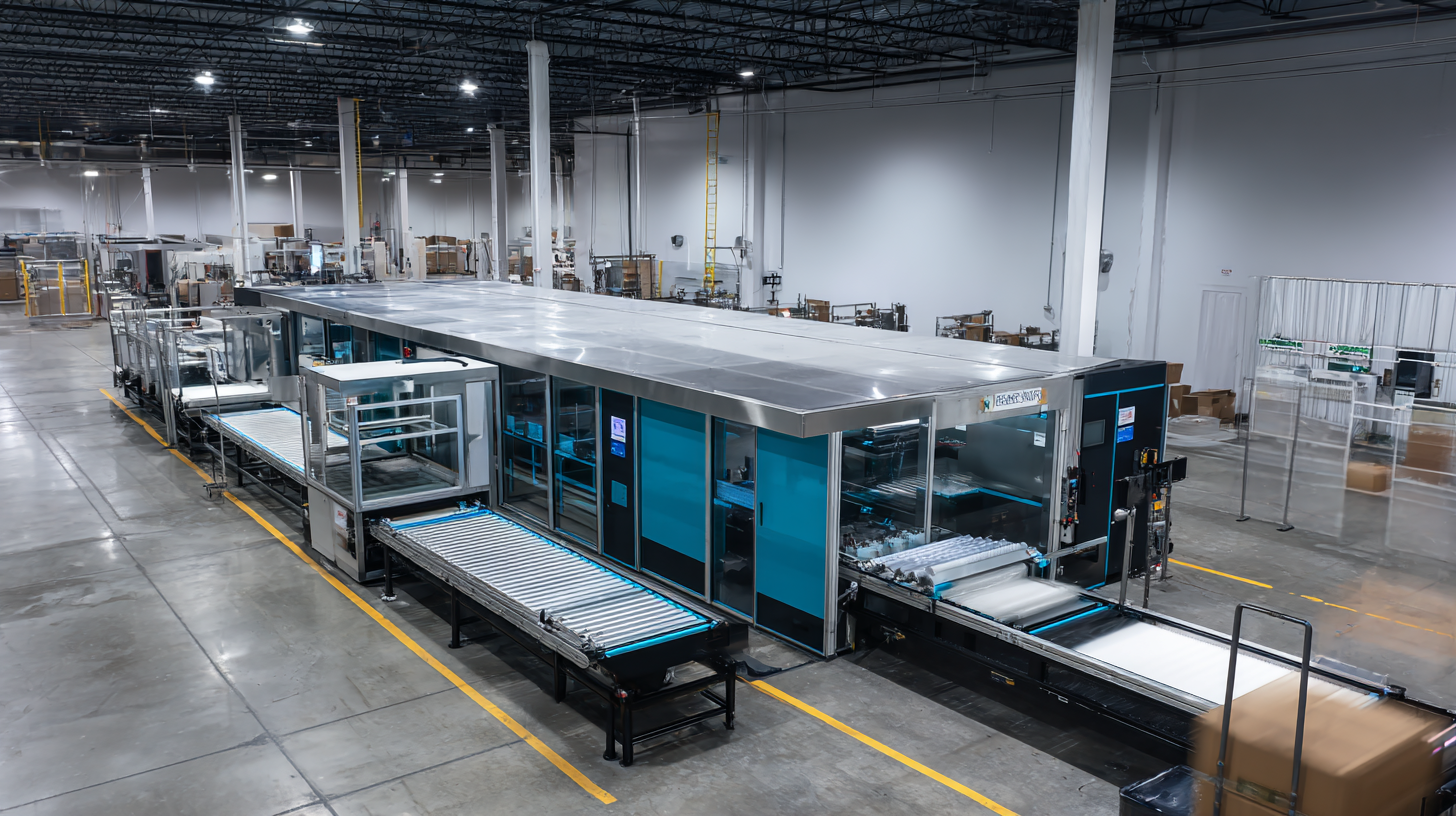
Heat shrink tunnels utilize an innovative mechanism that enhances packaging efficiency in various industries. By applying heat to shrinkable plastic films, products are tightly sealed, protecting them from environmental damage and ensuring their integrity. The operation of these tunnels involves a continuous conveyor belt that moves products through an insulated chamber, where hot air circulates to induce the shrinkage process. This technology not only improves product presentation but also minimizes material waste, aligning with modern sustainability practices.
Recent advancements in heat management technologies parallel the improvements seen in the design and construction of tunnels, such as the study of thermal insulation linings in cold regions. For instance, composite thermal insulation linings have been shown to enhance energy efficiency, reducing heating costs and improving the overall stability of structures in extreme temperatures. Similarly, understanding the heat generation mechanisms can lead to optimized designs in heat shrink tunnels, directly impacting their energy consumption and operational effectiveness.
**Tips:** When considering heat shrink tunnels for production lines, it’s essential to analyze the specific temperature requirements to avoid damaging delicate products. Additionally, investing in high-quality film can enhance the thermal contraction process, ensuring a tighter seal. Regular maintenance of the tunnel's heating elements will also ensure consistent performance and energy efficiency.
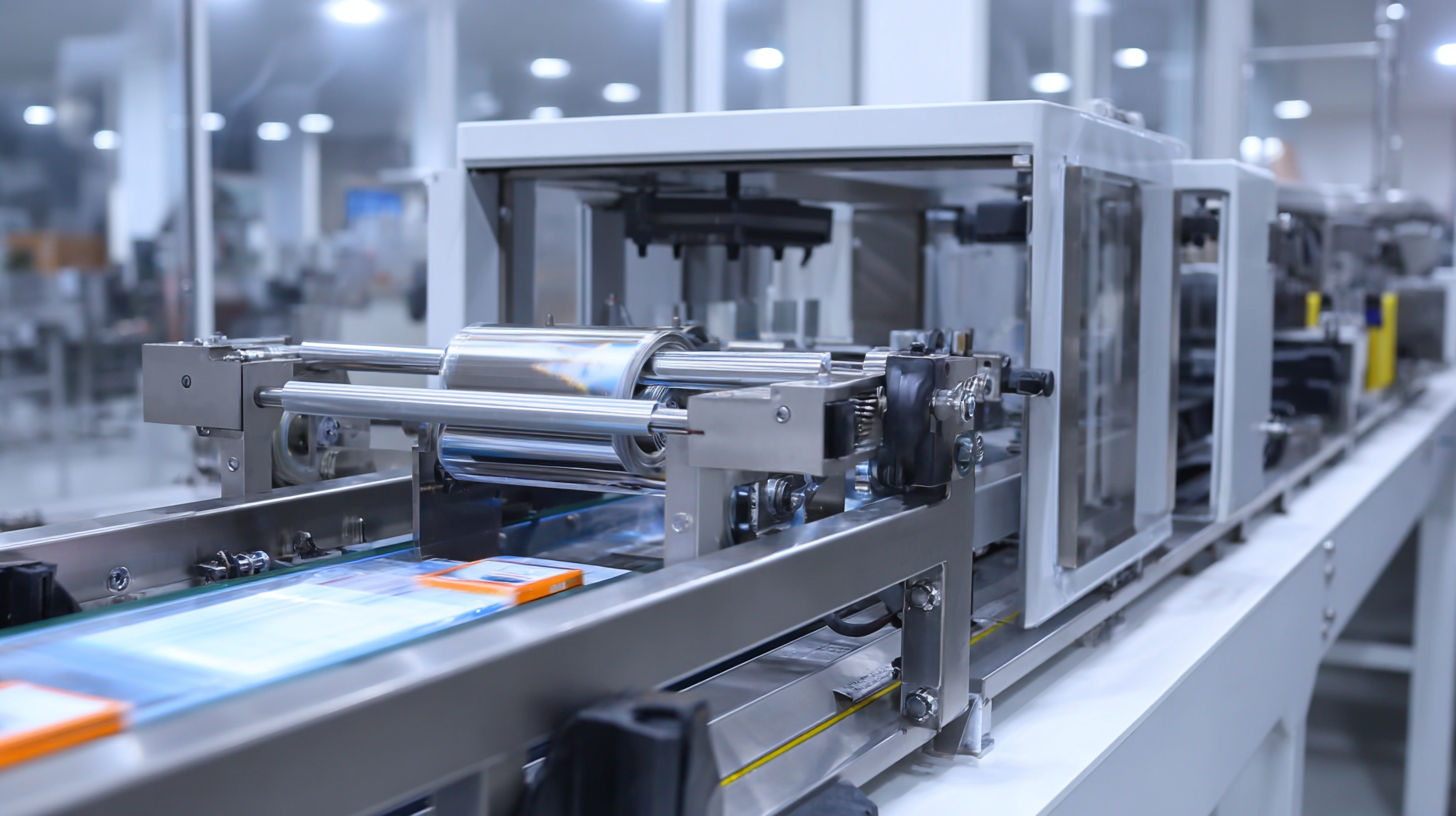
Heat shrink packaging has become a vital component in enhancing packaging efficiency across various industries. Central to this technology is the material used in the shrink films, which are primarily composed of polyolefin (POF) and polyvinyl chloride (PVC). According to a report by Smithers Pira, the global market for shrink film is projected to reach approximately $7.6 billion by 2026, driven by the growing demand for efficient packaging solutions. These materials not only provide excellent barrier properties to protect products but also ensure sustainability through their recyclability.
POF offers superior clarity and stretchability compared to PVC, making it preferable for packaging food products and consumer goods. A study by the European Plastics Converters Association highlights that the use of POF in packaging reduces energy consumption during production by up to 30%. Moreover, advancements in manufacturing techniques have led to thinner films that maintain strength while reducing material waste. This transition not only lowers packaging costs but also contributes to environmental sustainability, aligning with increasing consumer preference for eco-friendly products. As businesses continue to innovate, the materials used in heat shrink packaging will play a crucial role in optimizing performance and efficiency.
Heat shrink tunnels are revolutionizing the packaging industry by significantly enhancing packaging efficiency. These innovative machines utilize controlled heat to shrink materials around products, providing a secure and tamper-proof seal. This process not only speeds up packaging operations but also minimizes material waste, leading to cost-effective solutions for manufacturers. By replacing traditional packaging methods with heat shrink techniques, companies can reduce their reliance on excessive materials while still ensuring product protection and presentation.
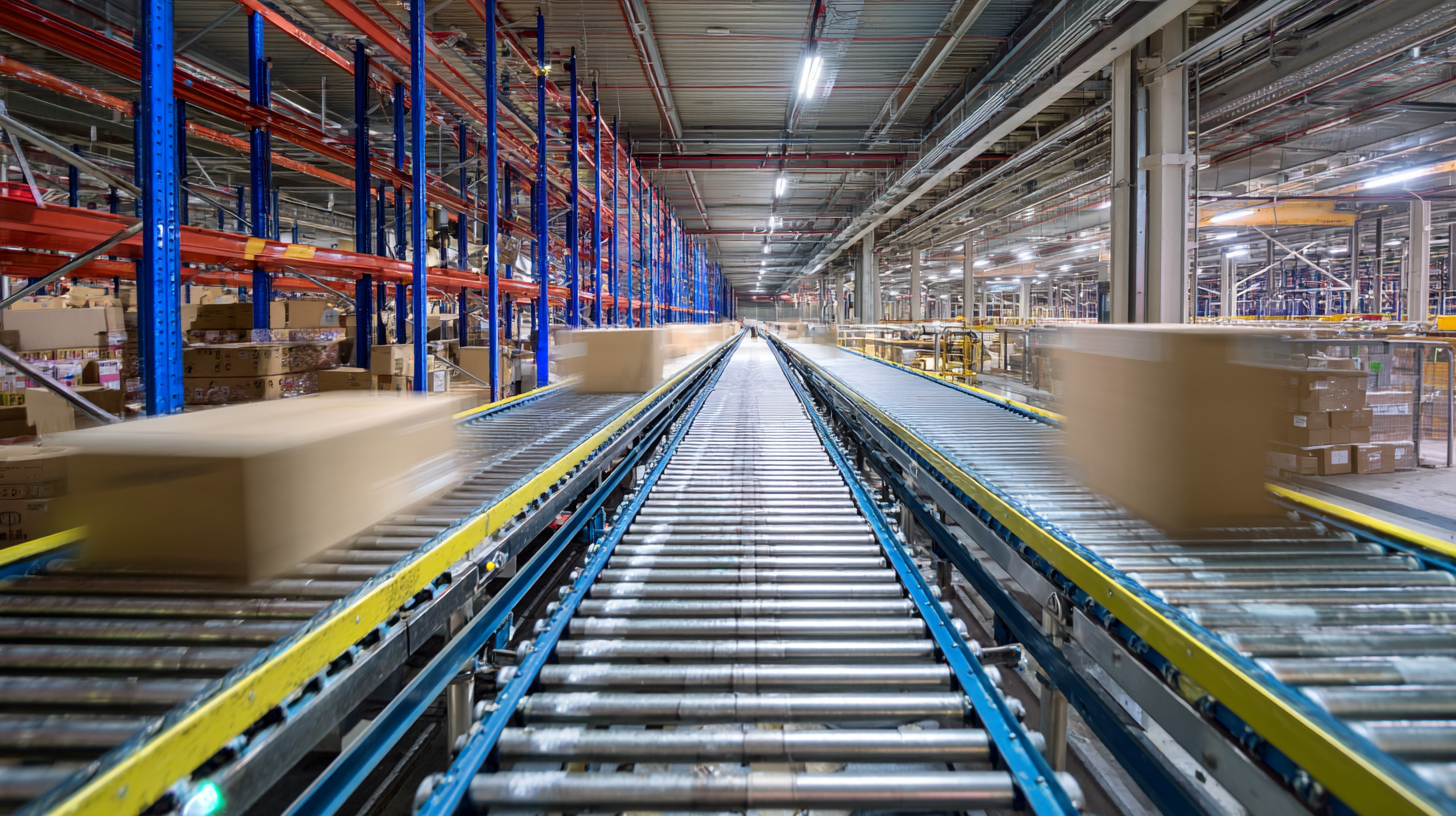
The recent innovations in heat shrink tunnel technology have further improved their impact on packaging efficiency. New trends emphasize the integration of advanced controls and automation, allowing for precise temperature management and consistent shrinkage. This advancement leads to higher quality packaging results with less downtime and increased production rates. As businesses look to adopt more sustainable practices, the shift from conventional materials like PVC to more environmentally friendly options also plays a crucial role in driving the adoption of heat shrink tunnels. Overall, the benefits of heat shrink tunnels are clear, positioning them as a key component in modern packaging strategies.
Heat shrink tunnels have emerged as a popular choice for packaging in various industries, offering advantages that set them apart from traditional packaging methods. One key benefit is their ability to provide a tight seal around products, which enhances stability during shipping and storage. Unlike other methods such as bubble wrap or cardboard boxes, heat shrink wrapping conforms to the shape of the product, minimizing movement and reducing the risk of damage.
When considering packaging options, it's essential to assess the efficiency of each method. For instance, while vacuum sealing can offer protection, it typically requires more time and equipment investment. On the other hand, heat shrink wrapping allows for quicker processing times, making it a favorable choice for high-volume production. Additionally, heat shrink films are often made from recyclable materials, contributing positively to sustainability efforts.
Tips: When using heat shrink tunnels, ensure that the films are appropriate for your products to avoid tearing. Preheating the tunnel can also significantly improve the shrinking process, leading to better results and reduced waste. Lastly, regularly maintain your heat shrink equipment to ensure optimal performance and longevity.
Future innovations in heat shrink tunnel technology are poised to revolutionize packaging efficiency across various industries. One significant advancement is the integration of smart technology, which allows for real-time monitoring and adjustment of shrink parameters. This adaptability not only enhances the quality of the shrink process but also minimizes waste by optimizing energy usage. With sensors tracking temperature, speed, and product dimensions, manufacturers can ensure consistent results, leading to improved product integrity and reduced operational costs.
Additionally, the development of environmentally friendly shrink films is gaining traction. These biodegradable or recyclable materials promise to reduce the environmental impact associated with packaging waste. As companies strive to meet sustainability goals, integrating these innovative films within heat shrink tunnels can further enhance overall packaging efficiency. Moreover, advances in automation and robotics will streamline the entire process, allowing for faster production rates and easier handling of complex packaging designs. Together, these innovations will shape the future of packaging, making it not only more efficient but also more sustainable.

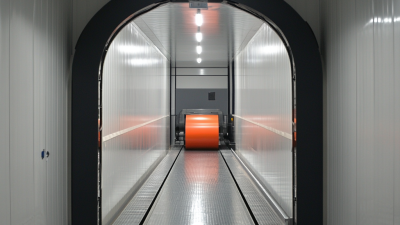

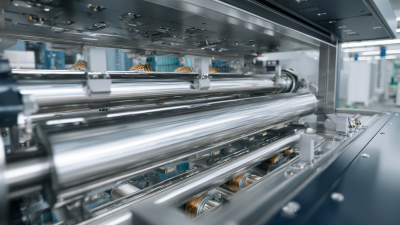
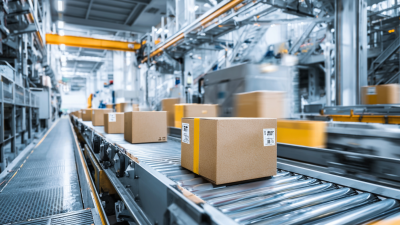
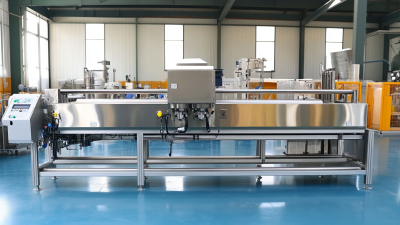
Headquarters
2980 Scott St, Vista, CA 92081
Phone: (760) 734-4177
Fax: (760) 734-4188
Open: 8:00 am – 4:30 pm
Texas
8051 Jetstar Dr #175 Irving, TX 75063
Phone: (972) 915-6888
Fax: (972) 915-6999
Open: 8:00 am – 4:30 pm
Florida
14231 Jetport Loop. #1 Fort Myers, FL 33913
Phone: (239) 225-4020
Fax: (239) 225-4024
Open: 8:00 am – 4:30 pm